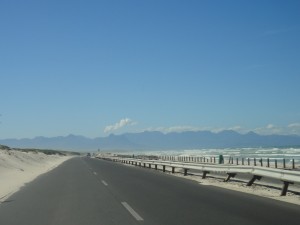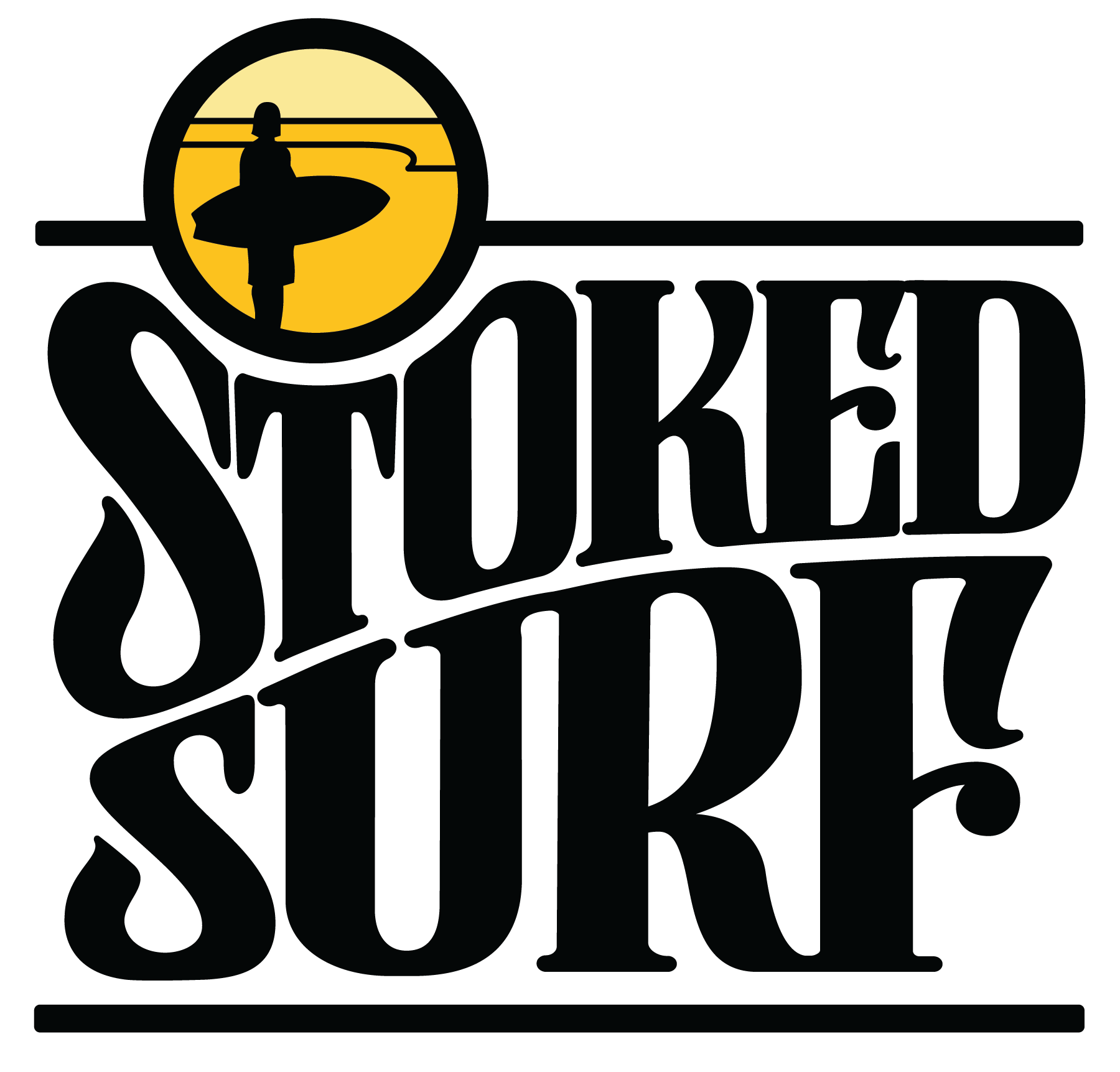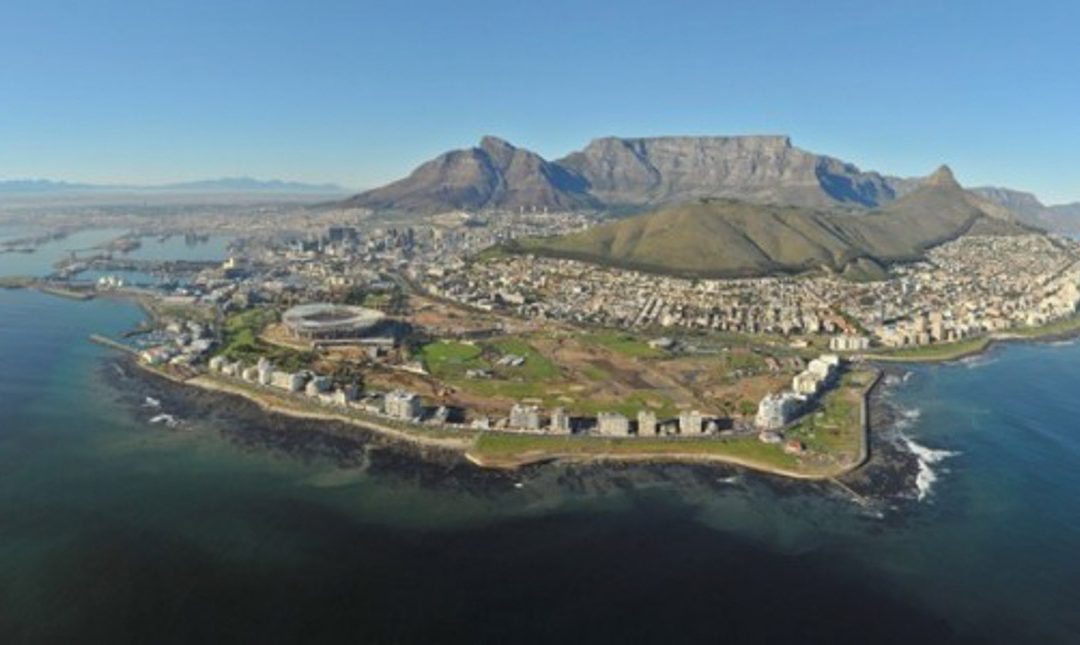As Capetonian surfers we are spoilt for choice when it comes to choosing a spot to surf. The way the Cape Peninsula juts out into the Atlantic ocean creates two defined coastlines known locally as ‘the Atlantic’ and ‘False Bay’ sides.
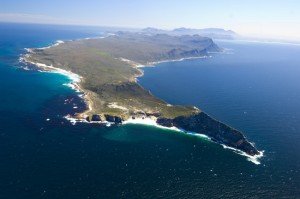
The Atlantic side of the Peninsula would include spots such as Big Bay (Bloubergstrand) and Milnerton. The ‘False Bay’ side would include Muizenberg and Strand. There are an array of other surf spots along these coasts, however we have only made mention of those spots suitable for beginner to intermediate surfers.
Once you have done our ‘Uber-Stoked’ 4- surf lesson package and feel confident to paddle out into the appropriate beginner surf on your own, it’s time to start understanding the way the geography of the Cape Peninsula affects the prevailing wind and swell conditions (and in turn the surf).
Starting with the element we as Capetonians are very familiar with-the wind
An ‘offshore’ wind is a wind that blows from the shore to the ocean. Generally, this is the most desirable wind condition for most surf spots as an offshore wind grooms the face of the wave into a smooth wall and assists in ‘holding’ the wave up so one can usually surf it longer. Offshore winds are characterized with a plume of white spray blowing off the back of a wave.
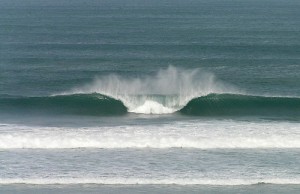
Wind is named from the direction from which it blows i.e. a South Easterly wind blows from the South East. If you look at the diagram below, it is clear that a South Easterly wind will result in ‘onshore’ conditions on the False Bay coast, and ‘offshore’ conditions on the Atlantic coast. The converse is true when a North Westerly wind blows i.e. it will be ‘onshore’ along most beaches on the Atlantic Coast and ‘offshore’ in False Bay. This is a very general statement. When you improve your level of surfing and start venturing out to other surf spots, you may find certain spots along these coastlines that ‘work’ in supposedly onshore conditions.
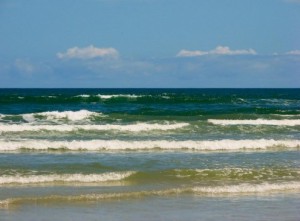
Swell direction (along with height and period) is the other factor one needs to consider when choosing a spot to surf. Swell is generated by low pressure systems that form along the ‘Roaring Forties’ i.e. at 40 degree south of the equator. The high winds that are generated by these low pressure systems displace of water (in a similar fashion to the ripple effect that is created when you blow on the surface of your cup of coffee). This displacement of water sends out powerful ‘ripples’ or bands of swell into the ocean.
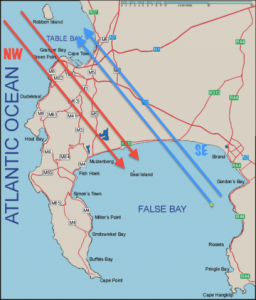
This swell then moves until it finds landfall. The trough’s of the swell are slowed down by the continental shelf (ocean floor), causing the crests to catch up resulting in a breaking wave.
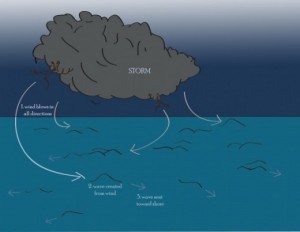
The beaches where one will find the best waves, will depend on the direction in which the swell approaches the Peninsula as well as the wind that is blowing at the time. i.e. generally, a South Westerly/Westerly swell (the most predominant swell direction along the Cape Peninsula) with a period of 12s or more, combined with a South Easterly wind produces better waves along the Atlantic Coast.
However, these are broad statements. As you gain further insight into how waves are affected by the local geography and meteorology, you will find protected bays that shelter certain winds or that are exposed to any bit of swell that hits the Peninsula. These are kept as local’s secrets, the right of passage being many hours in the frigid Atlantic waters and many kilometers driven in search of the best spots.
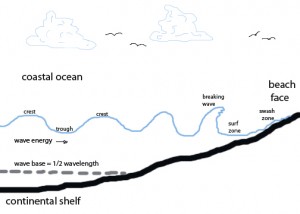
There are various websites you can consult before hitting the road. At Stoked, we use a combination of www.windguru.com, and www.magicseasweed.com There are also webcams set up around the Peninsula which you can find here:
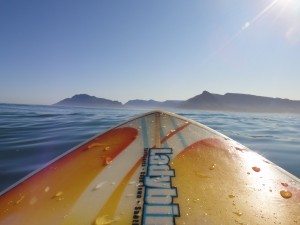
If the surf is up, load up the boards and hit the road with a flask of coffee and some good tunes. As Cape Town surfers we often look for greener pastures hoping that the waves in the next bay will be better than our first spot check. Conditions can change quickly. We have learnt that if there are good enough waves in front of you, stop your search and paddle out. The only way to know-is to go.
